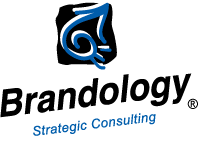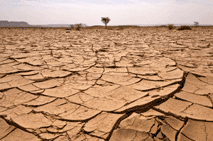Businesses are slowly dipping their toe into this issue. While 40% of the Fortune 500 believes a water shortage would be “severe to catastrophic,” only 17% are preparing for one. Cutting edge companies are starting to talk about “water foot prints” (yup, think carbon footprints for water), “virtual water” (the amount of water used to produce a product), and being “water neutral.” And, of course, venture capitalists are eagerly looking for ways to turn “blue gold” into their preferred “yellow gold.”
We should think about...
- How would your business fare in a water crisis? It’s virtually inevitable.
- Is it time to create a water strategy for your organization?
- How can we better monitor our personal water usage?












